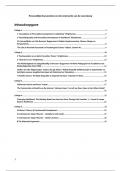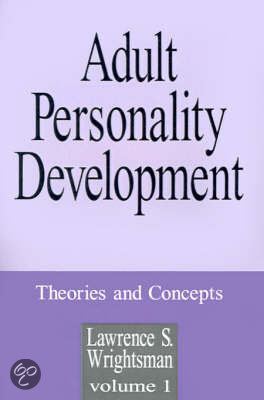Summary
Full Summary of Personal Documents and Life Course Construction
- Course
- Institution
- Book
Complete summary of all mandatory chapters and articles in the course Personal Documents and Construction of the Life Course. The table of contents makes it clear which literature was discussed in which course.
[Show more]




